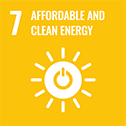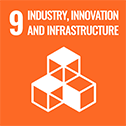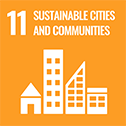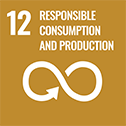In the construction industry, carbon emissions primarily arise from two sources: Energy for the operation of buildings which is consumed over the building’s lifespan, and embodied carbon which originates from the construction process and the extraction, manufacture and transportation processes of the materials that compose the building. Further emissions originate from water consumption and from the treatment processes for waste produced in the building. Our design process starts with quantifying the potential environmental effects of the building by conducting a Life Cycle Assessment (LCA) and devising a reduction strategy that is based on specified metrics such as energy conservation through passive energy design and efficient system design, reduction of embodied carbon through efficient construction design and preference of low-emission materials, water conservation through installing water-saving systems and for local control and leak detection, separation and recycling of waste from building construction and operation, reduction of impact on Biodiversity and more.


The U.N Sustainable Development Goals (SDGs) were established as a global agenda, so that their achievement by 2030 would lead to the long-term thriving of society and the economy within a stable ecological environment. In accordance with our ESG approach, we have placed an emphasis on the SDGs in our decision-making and ongoing operations. This project relates to the following SDGs:





